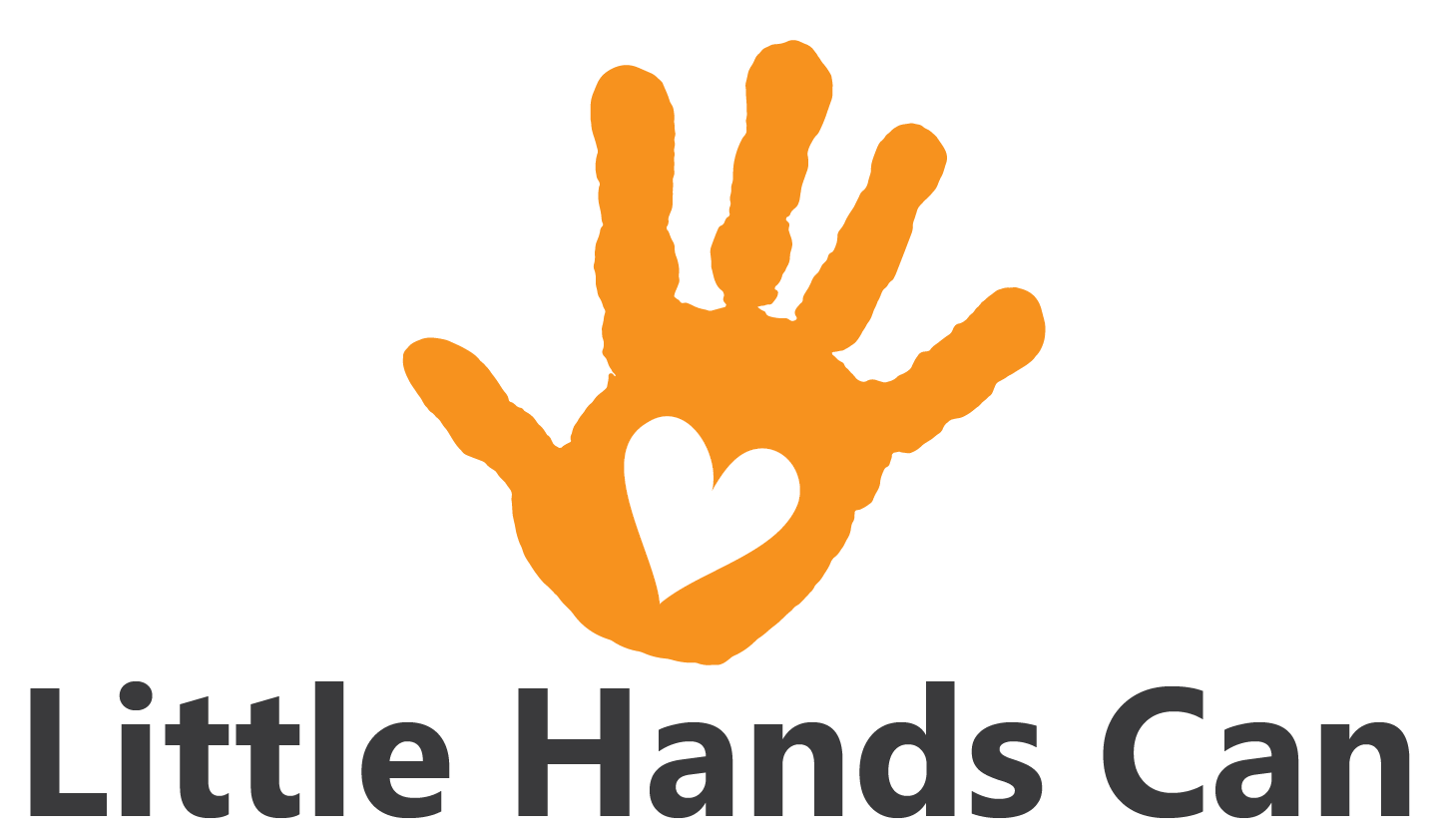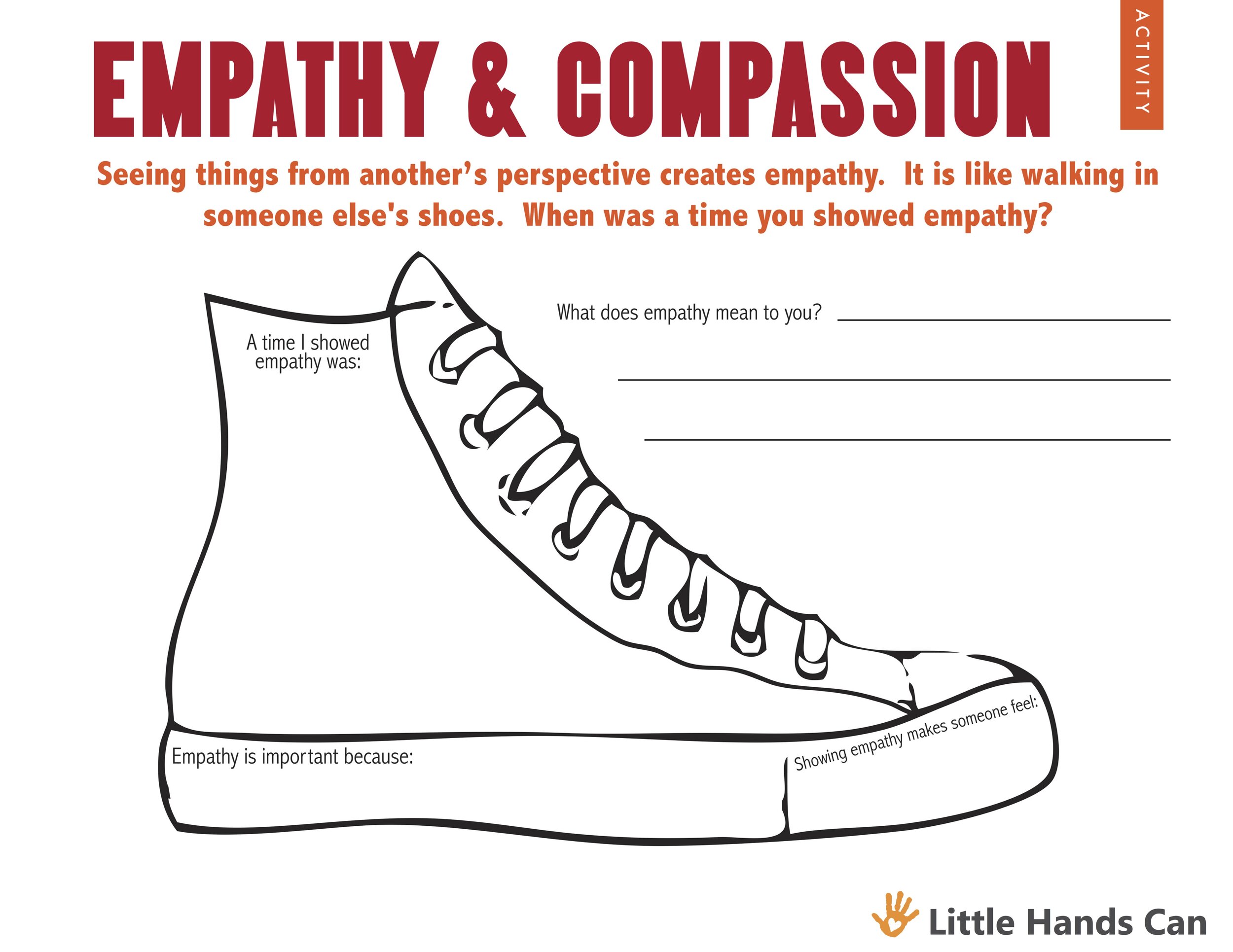Kindness Kit #2: Poverty and Homelessness
THe following are object lessons designed to teach your child about
(1) poverty and (2) empathy.
Object Lesson #1: Privilege Basketball Game
In this activity, you will use simple everyday objects at home to demonstrate the concept of privilege, fairness and the cycle of poverty in a concrete way that makes it easier for young minds to process.
Set-up:
Give each child and adult in your family several sheets of scrap paper or junk mail.
Place an empty recycling bin near the front of the room.
Set up chairs (an equal number to the number of kids and adults participating in the activity) in the room at various distances from the bin, maybe even placing one directly behind another so the view of the wastebasket is blocked.
Assign seats to the children and adults in your family. Make sure that the children are placed in seats further away from the bin to emphasize the point of this activity.
Activity:
After your family members are in their assigned seats, tell them that you are going to play a game.
First, have everyone crumple up a piece of paper and then tell them, “Everyone has the ability to win more points and become wealthier. All you have to do is make a basket with your paper. If you miss you can try again. The more baskets you make, the more points you get and the wealthier you become.”
Immediately you should start to hear comments from the kids about “fairness.” It’s not as fair for the kids sitting farther away from the wastebasket. It’s impossible to win if they can’t be as close as others.
Discussion:
After you’ve played the game for a couple of rounds use the following as a guide to teach them about privelege and the cycle of poverty. Here are some suggestions:
The closer you were to the recycling bin, the better your chances of making a basket. This is what privilege looks like. The more advantages you have from the beginning of your life (parents with stable jobs, enough money to buy food and own a home, educated parents, etc.), the easier it is for you to keep getting ahead (to keep making the baskets).
Did you notice that you had an advantage over everyone else? Did you notice that the people in the back started with a hardship that you didn’t?
The cycle of poverty looks a lot like this situation. If you start life without the things you need, it is often very very difficult to break out of that position in life without some outside help. In our case it would be someone helping the child move their seat forward. In the real world, people sometimes need help to get an education, get a new job, find stable housing, etc. Without that help people can sometimes remain poor all of their lives.
Main takeaways from this object lesson:
Our job is to be aware of our privilege. And use this privilege to do our best to achieve great things, while at the same time advocating for, supporting, and/or helping the people in the “chairs” behind us. In other words, help those less fortunate when you see that their situation will be difficult for them to break out of.
Object Lesson #2: Empathy in a Shoebox
This is another favorite from Kindness Camp! We adapted this idea from The Corner on Character (another excellent resource on kindness). It’s very simple. All you need is a few shoeboxes and some pairs of shoes you have at home.
Gather your materials.
A few pairs of shoes (various sizes and genders if possible)
Shoeboxes or other boxes to hide the shoes in.
Print this coloring sheet for each child to complete at the end of the activity!
Do the Activity.
Build the mystery of the activity by hiding the shoes in shoeboxes and asking your child(ren), “What do you think is in the box? Who do you think it belongs to?”
One at a time, have your child choose a box to open. Your child will open the box and pull out the pair of shoes inside. Ask,
What are these? Who do you think these shoes belong to? How old is the person who wears them?
Do you fit in these shoes? Have your child attempt to try them on.
Make up a scenario for the person whose shoes they are. For example, when we did this activity at camp, these were the three types of shoes and scenarios we presented the kids with.
The first pair was a 5-year-old boy’s pair of shoes. The statement read: The person who wears these shoes is 5 years old. He was called a name that was not very nice at school by another child. How do you think he feels? Have you ever felt this way before? What could you do to make him feel better?
The second pair is a woman’s pair of heals. It read: The person who wears these shoes is a mom who just found out she lost her job. How do you think she might be feeling? What does it mean for her family that she does not have a job anymore? Have you ever felt this way before? What could you do to help her feel better?
The final pair was a toddler’s. It read: The person who wears these shoes is 2 years old. He is going to the doctor to get shots to keep him healthy. How do you think he might be feeling? Have you felt that way before? What could you do to help him feel better?
Discuss!
Do you fit in each of these person’s shoes? No! But even though we might not fit exactly, and even if we’ve never experienced exactly what that person has, we can have empathy. We can try to understand how that person feels.
Then, when we understand how they feel, we can take it a step further and try to think of a way to help. That’s called having compassion.
You have no learned to “put yourself in someone else’s shoes!”
Fill out and color the worksheet below:
Main takeaways from this object lesson:
Children will understand what it means to put themselves in someone else’s shoes, take a perspective that might be different from their own, and learn to problem solve to help those in need. It’s a lesson in perspective-taking, empathy, and compassion all rolled into one fun game!




